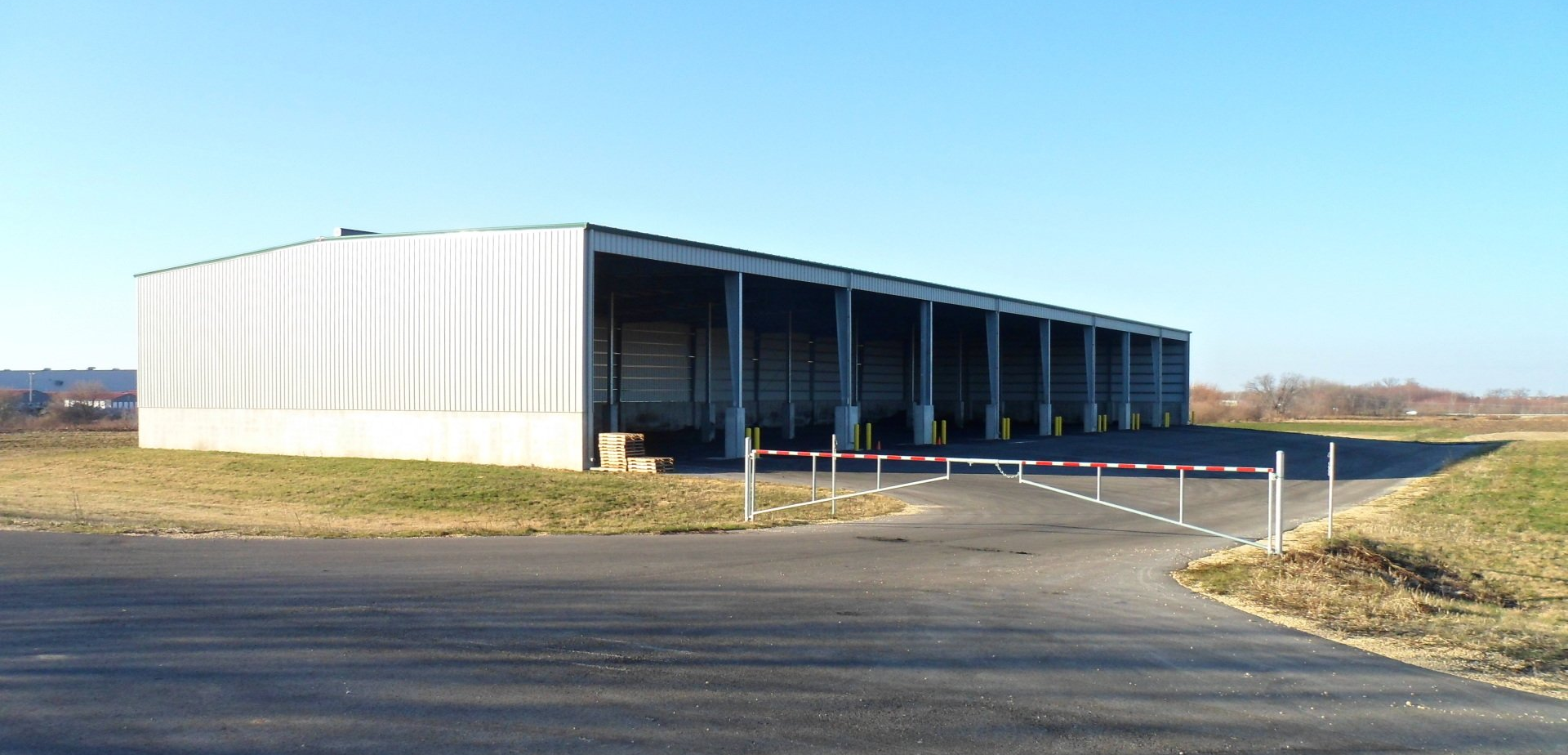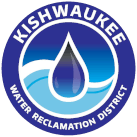Biosolids
Putting Waste to Work
Throughout the treatment process, solids are drawn off and separated from the wastewater. These biosolids are known as sludge. Sludge may not have a catchy name, but it’s a surprisingly valuable byproduct of wastewater treatment.
Anaerobic Digesters
The sludge that collects at the bottom of all the sedimentation and clarifying tanks is gathered and pumped into digesters for stabilization and dewatering.
In the first digester, the sludges are heated and undergo an anaerobic-mesophilic digestion process. This removes pathogens and any material that attracts insects. Anaerobic bacteria – bacteria that do their job without need for oxygen – digest the sludges, turning them into methane gas and water.
Remaining sludge is then moved into secondary digesters, where it is stabilized. As its pH rises, water is removed and methane is produced. At KWRD, we capture this methane and use it to power generators that provide electricity to our plant.
Making Fertilizer
Anaerobic digestion reduces the bulk of the solids. What remains fills up the digesters with a watery slurry rich in the organic nutrients that make up healthy, fertile soil.
A dewatering process separates the liquid and solid components of this slurry. After dewatering, the biosolids resemble loam and have a faint, earthy smell. This material is spread on farm fields as a natural, nutrient-dense fertilizer.
The KWRD is a Class One sludge management facility, monitored by the US EPA to ensure any biosolids leaving the plant are safe and are put to appropriate use.


